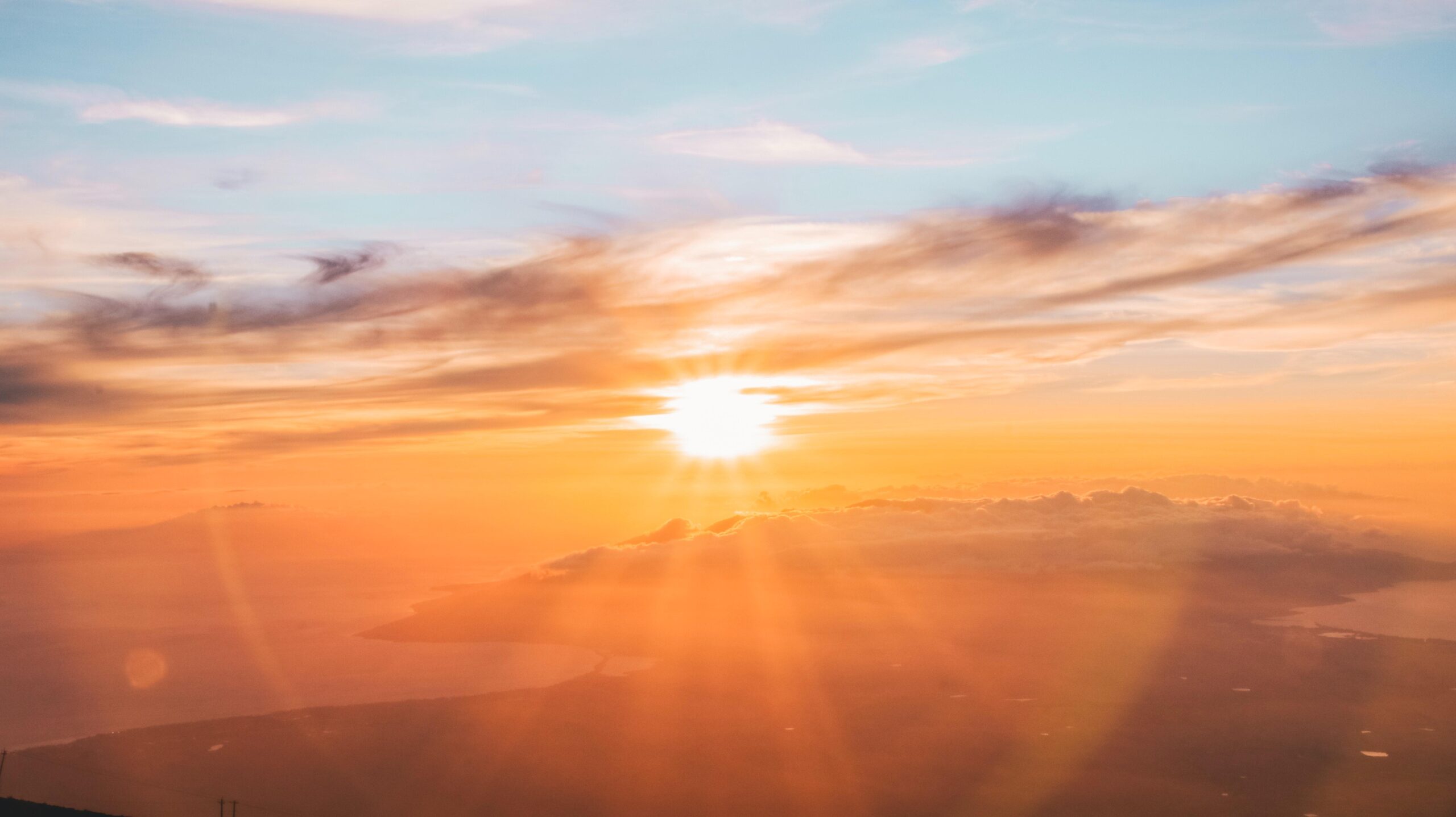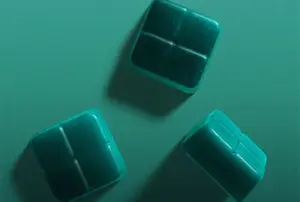15 September, 22

sunset
Courtery of Neora Aylon
Safe Sunscreen Is The New Safe Sex
Image Courtesy of Neora Aylon/Unsplash
Fewer things in my life make me feel as smart and safe as sunscreen. That coconut-scented spray is my security blanket against my least favorite star.
I’m quite pale, the sun quite hot, we simply do not mesh. But now, that bitch – the sun – has taken away the very thing I hold closest to my heart – my sunscreen(s).
First, let me get out of the way that I am Bask Suncare’s #1 fan. Once I read that it’s ‘the sexy and cool sunscreen for sexy and cool people,’ saw its unparalleled marketing, and then found a surprise Glossier-esque Bask sticker in my package, I was certain I’d found the fit for me.
Bask is vegan, made from clean ingredients, and doesn’t include oxybenzone – a major no-no for anything skincare. And the best part – Bask sunscreen is covered under traditional HSAs and FSAs. It’s been my tried-and-true for over a year now, made several appearances on my IG, and – truthfully – I got 5 of my closest girlfriends to use Bask exclusively.
The only problem? I didn’t take it with me to Mexico.
After a fateful week filled with chemical sunscreens, I returned to the States with serious burns and boils that required prescription ointments and a crash course in photo-contact dermatitis.
Photo-Contact Dermatitis
Defined by the European Society of Contact Dermatitis, photo-contact dermatitis is “the result of an interaction between a harmful substance present in the skin and ultraviolet radiation. In other words, no dermatitis evolves from the chemical alone – e.g. if the subject stays indoors – but UV exposure is also required.”
The dead giveaway for photo-contact dermatitis is fingermarks and streaks. My arms and thighs looked, and still look, like Wolverine himself abducted me with his long, metallic claws. The reason being, I must have lazily tried to wipe the excess sunscreen from my hands onto my arms and thighs and as we now know… excess sunscreen + UV = burn.
Other than wearing hats and long sleeves for the rest of my life, the doctors advised me to use mineral sunscreen rather than chemical sunscreen so the UVs don’t penetrate my skin. More on that science below.
Mineral Or Chemical Sunscreen
While chemical sunscreen corners the market, mineral sunscreen is a healthier alternative for those with sensitive skin.
Chemical sunscreen is absorbed into your skin and converts the sun’s UV rays into heat that’s released throughout your skin. They’re known to have ingredients like oxybenzone, avobenzone, octisalate, and more. Mineral sunscreen, on the other hand, sits on top of your skin, reflecting the UV rays away from your skin. Composed of active ingredients such as titanium or zinc oxide, mineral works as a shield against UV rays, while chemical absorbs and disperses them.
Mineral sunscreen is also notorious for being far thicker and leaving a white cast. But considering my burns will take several months to fade, that’s a small price to pay.
The Safest Sunscreen Is The Sunscreen You’ll Use… Kinda
Although mineral may be the safest option, that’s not to say all chemical sunscreens are created equally bad. My beloved Bask is a chemical sunscreen, but it makes sure to leave out harsh chemicals like oxybenzone and octinoxate. In fact, I rotate Bask in with my mineral sunscreen just because I know it works for my skin.
As someone who has spent the past four weeks wrapped in hydrocortisone and gauze, I dug into some sunscreens with rave reviews and even better benefits. And for those looking for new sunscreens: heed my warning and my boils. Check the ingredients and always, always patch test.
All products featured are independently selected by our editors. Things you buy through our links may earn us a commission.
Best Chemical Sunscreens
Look, you already know how I feel about this. Just buy it.
Dubbed the World’s Best-Selling Sunscreen, I’m inclined to agree. Known primarily for its chemical sunscreen – and now flexing a new Whipped line – Vacation’s lotion and spray is free of oxybenzone and octinoxate. And has a little something for me, too – a mineral option.
Best Mineral Sunscreens
I’m addicted to Sun Bum’s chapstick and will die on the hill that only coconut oil works in chapsticks. I said it.
Sun Bum has long been loved by the chemical crowd, but they also have a laundry list of mineral-based ‘screens. From min-based chapsticks and roll-on sunscreen to sprays and tinted sunscreens, Sun Bum’s got you covered.
La Roche-Posay’s ingenious facewash is trusted by millions – including me. So it only makes sense that their mineral sunscreen should follow suit. This formula is non-whitening, 100% zinc-based, and uses an antioxidant complex to protect skin from UVs.
Whether you choose to go chemical or mineral, all I recommend is staying away from oxybenzone, patch test until the cows come home, and please – please read the ingredient label.



